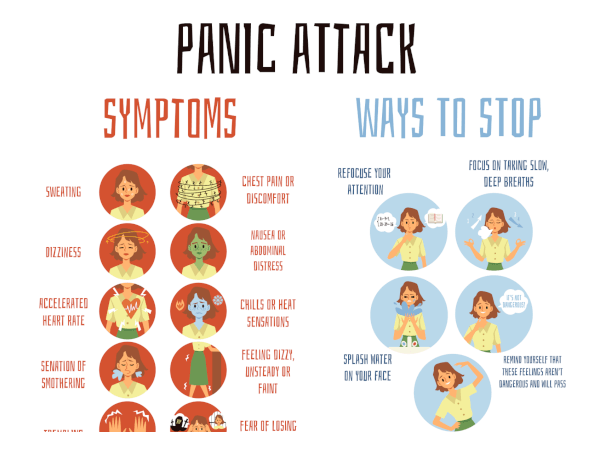
Panic attacks differ in severity and frequency. While all panic attacks are problematic, some people need immediate intervention while others may benefit more from moderate changes to their daily lifestyle. To assess how severe our Panic Disorder is, you may wish to utilize a clinical assessment tool that can be administered at home. This assessment is known the Panic Disorder Severity Scale.
Take the Panic Disorder Severity Scale
The Panic Disorder Severity Scale is just one tool that can be used to assess the severity of your panic attacks. It is not the only option and not a replacement for formal diagnosis from a mental health professional.
While most people characterize their symptoms as severe, there are some who experience numerous panic attacks daily and may as a result develop agoraphobia. While there is no arguing that people who have less frequent attacks have severe symptoms there are different degrees of severity.
What is the PDSS?
The Panic Disorder Severity Scale, or PDSS, was developed by Dr. M. Katherine Shear. It's quickly become one of the most common severity scales used in clinical settings.
The scale is fairly simple. There are only 7 questions numbered, each one with 5 answers that can be worth a maximum of 4 points (using 0 to 4 for scoring). That leads to 28 total points possible with this scale. Any score over 9 is considered important enough to discuss with a clinical psychologist. The scale can be found easily online or you may wish to see a mental health professional that can assist you in completing your assessment.
The PDSS focused on seven domains including:
- Panic attack frequency.
- Panic attack distress.
- Anticipatory anxiety (anxiety over the idea of panic attacks).
- How often you avoid places because of panic attacks.
- How often you avoid bodily sensations (like rapid heartbeat from exercise) because of panic.
- How often your panic attacks interfered with work or responsibilities.
- How often your panic attacks interfered with your social life.
Scores Are Not Everything
It should be noted that there are many types of severity scales, and that a lower score does not necessarily mean less severe panic attacks. For example, someone that doesn't avoid places but gets severe panic attacks multiple times a day may be suffering from severe panic attacks, but still receive a lower score than someone that experiences fewer panic attacks but avoids work and social functions because of their panic.










